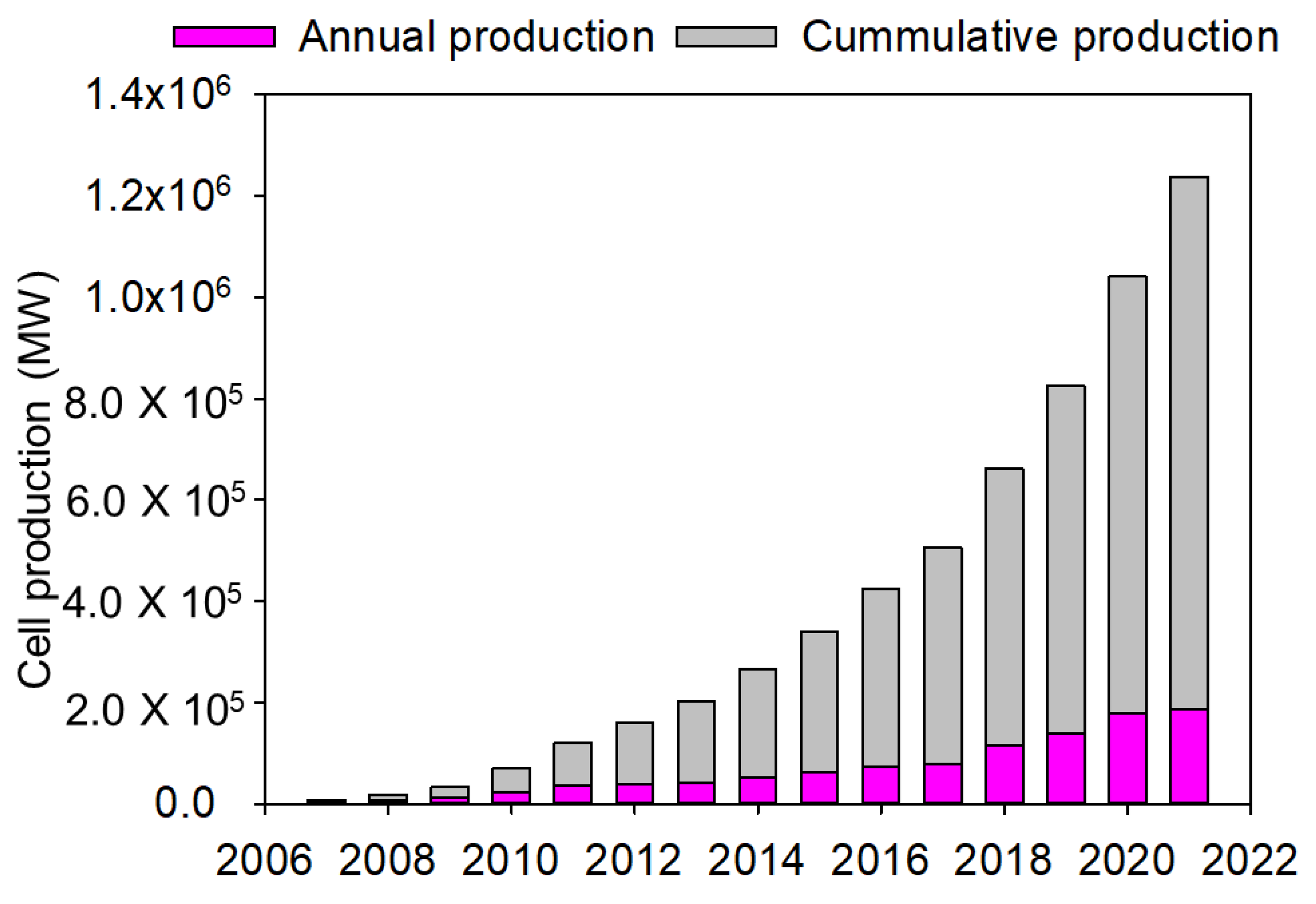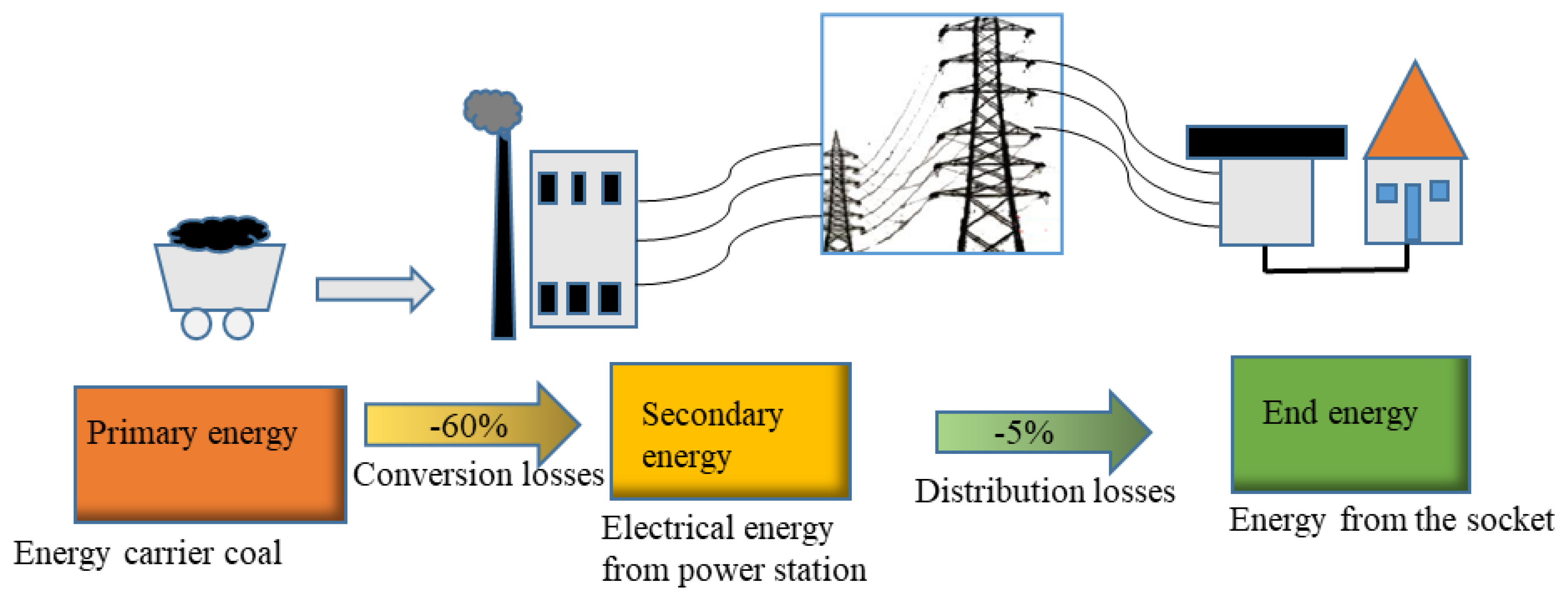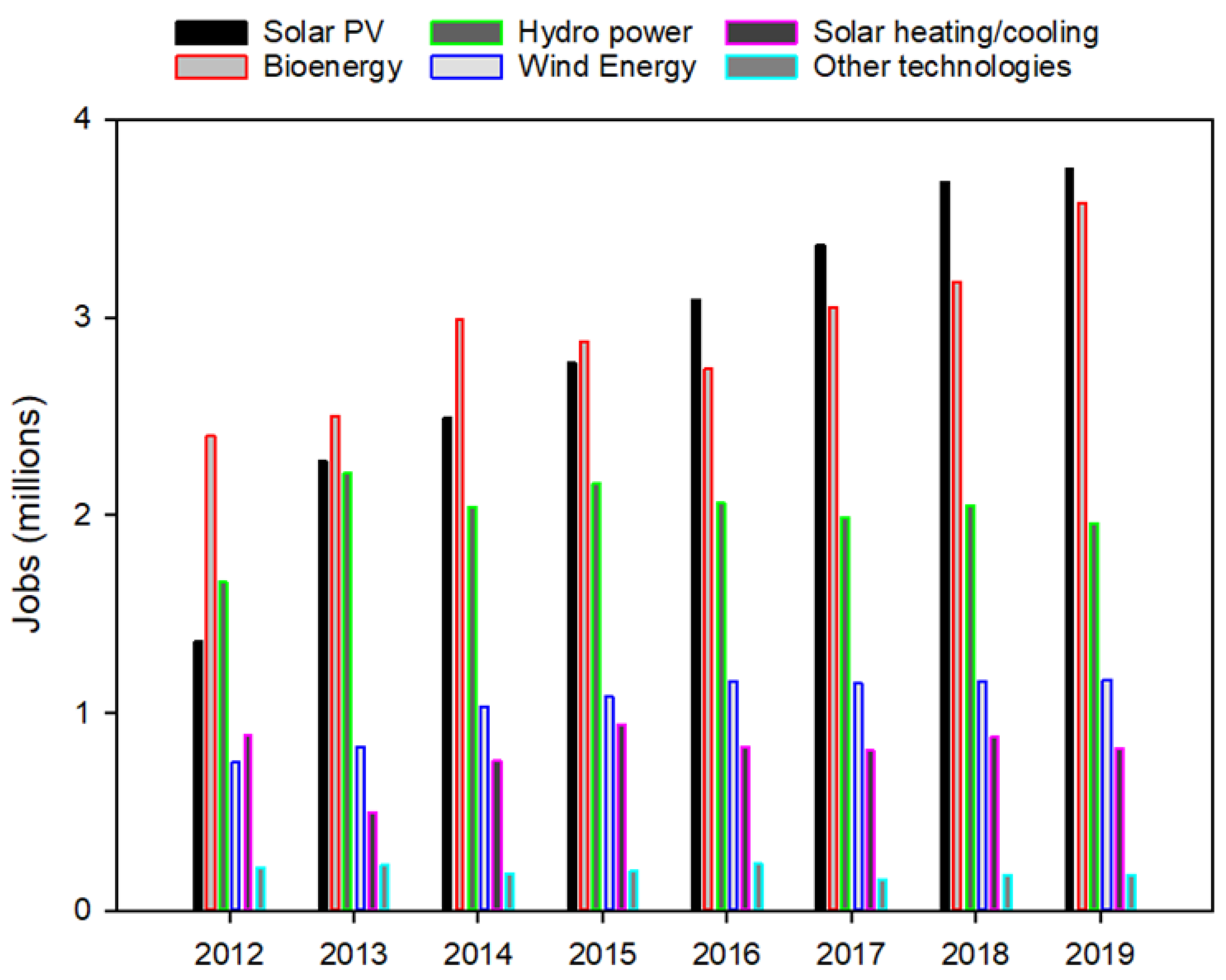Generally, the top nations account for approximately 87% of the global solar PV workers, which shows that employment and industries linger in a minority of the countries. This worldwide analysis comprises approximate 372,000 off-grid employments for South Asia and parts of Africa.
For the past few decades, the growth of solar PV systems has been powered by the application of different assisting policies targeted at decreasing the breach between the price of PV energy and the energy price for conservative production. Hence, the enrolment of these strategies has encouraged the decline of PV energy prices, making it easy in the past years, especially in 2012 and 2013, for “fuel parity” in many countries. Notwithstanding, solar PV is still very expensive, and its growth involves sufficient supportive devices such as simple grid-connection techniques.
Several methods of funding have been established for PV sectors for the past decade, such as tax credits, capital subsidies, net-metering, VAT reduction, feed-in tariffs (FiTs), and renewable portfolio standards (RPS), etc. In the US, for instance, the growth of the PV system has been mostly motivated by net metering, RPS strategies, and tax credits (flexible in each state), while in Europe, PV was assisted primarily by net-metering and FiTs. A summary of various fiscal enticement approaches is presented in
[33][34][35], which account for two fascinating descriptions relating to the rules for PV system benefit in the EU, and hence can help one comprehend the way the assistance policies have progressed for the current years.
However, the strategic conclusion for productive PV supportive parks is to have a bond between the fiscal assistance and the position of the installed PV system. A parametric assistance study is undertaken in
[36] to examine the economic feasibility of big PV plants in Cyprus without appropriate assistance. The results show that the capital expenses of a PV package are a serious factor for the feasibility of the scheme without the availability of FiT. In another development, the Greek PV market is examined in
[37], where authors deduce that the FiT importance should be used in connection to the position/part of the installation to eliminate unnecessary pay for the PV customers. Additionally, in
[38], the authors investigate the installed solar PV and thermal collector capacities per capita in 15 EU nations and their assistance devices for PV electricity. They deduced that capital subsidies and inducements are significant in supporting solar thermal and PV collectors. The authors
[39] produce a linear programming model capable of ideally powering a grid-connected PV system for domestic uses to reduce the annual energy charge use, including PV savings price, maintenance price, utility electricity price, and deducting the revenue from marketing the extra electricity. In
[40], a study of PV systems in Spain, Greece, and Germany was performed by examining the key parameters that influence the efficiency of PV policies. The investigation indicates that, over a definite profit stage, risk-related issues, such as policy variability and managerial obstacles, are a significant part of promoting investment choices rather than return-related features such as the level of an FiT. In
[41], the authors carry out a comparative economic study of specific European funding devices in PV sectors, centered on the design of discounted cash flows (DCF), NPV, and IRR. An isolated domestic PV plant in Italy was economically assessed
[42] to estimate the economic viability with respect to the PV assistant devices. The status of PV electricity and policies was examined in Germany, Japan, Spain, China, and the US, deducing that, to obtain a quantifiable result on market development as well as to attain a varied cross-section of customers, trade funding terms need to be fluctuating. An innovative procedure for computing the economics of a domestic PV sector was undertaken in
[43]. The authors applied this procedure to create the economic feasibility of several PV sectors in Ireland. In
[44], the authors examined the factors of investment risk in the PV production in Italy by a scenario analysis, risk analysis, and sensitivity analysis. They declare that PV industries will definitely have prospects in Italy; however, eliminating the normalization limits, simplification of the mechanisms as well as extra funds are main features for more dissemination of PV. Lastly, in
[45], the authors described a mechanism for assessing the prospect of PV systems in urban setting with regards to the difference of the key economic factors and financial inducements.



